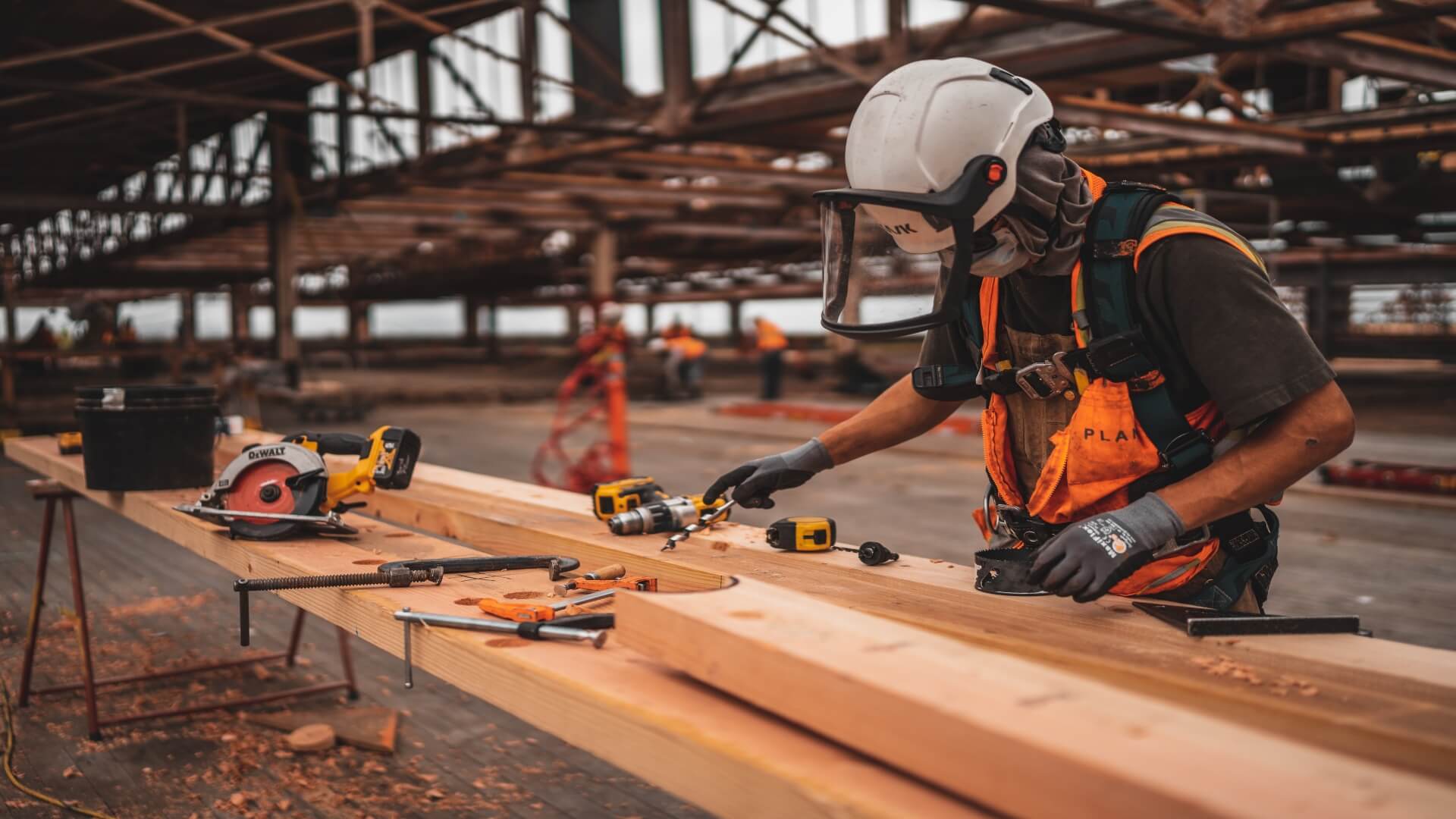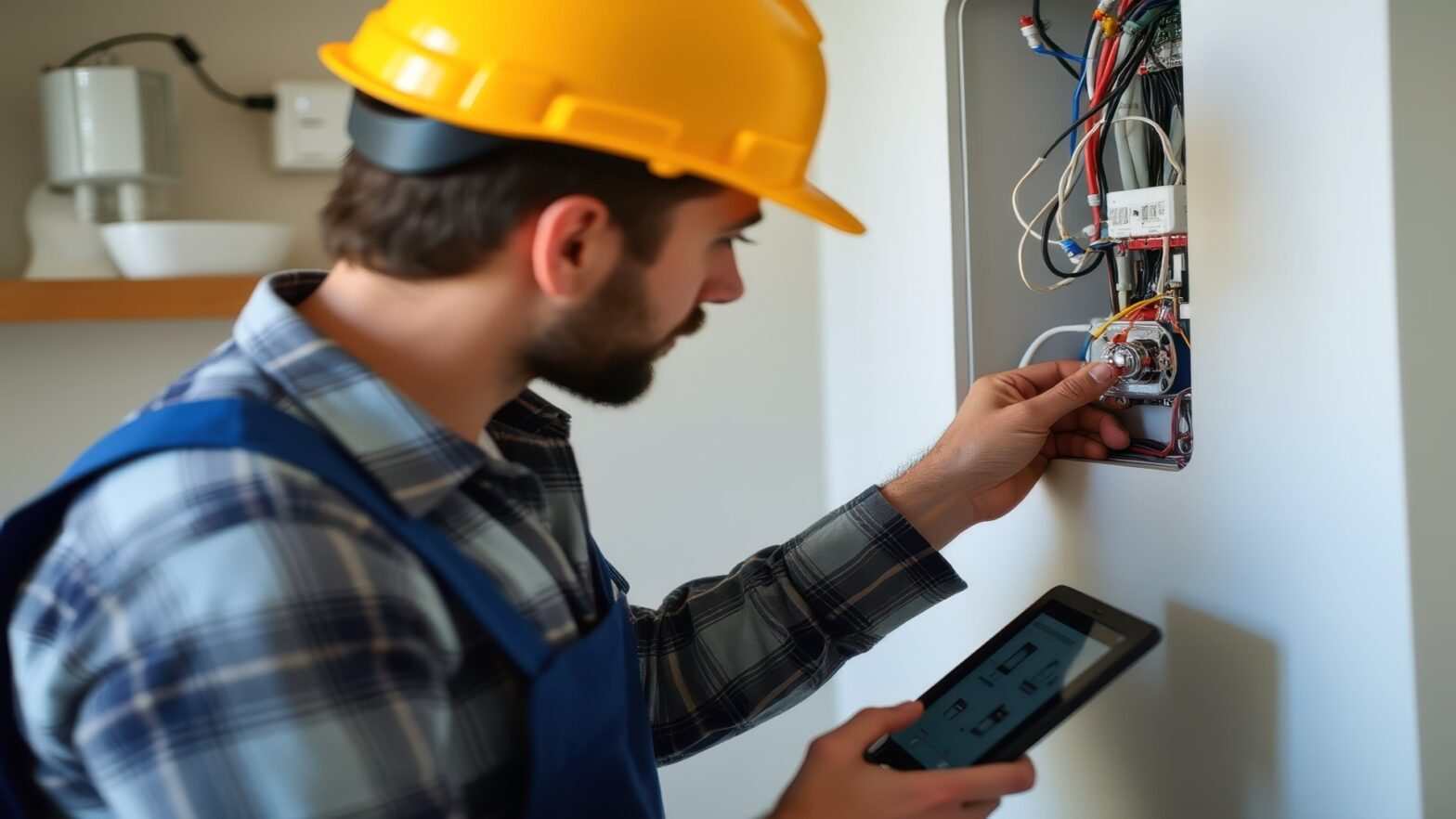Construction projects require strict adherence to building codes and regulations to ensure the safety, functionality, and durability of structures. Failure to comply with these codes can result in serious consequences, including project delays, costly fines, compromised safety, and legal liabilities.
In this blog post, we will explore some of the common code violations that construction professionals should be aware of and take proactive measures to avoid. By understanding and following these guidelines, construction teams can create safer, more compliant, and structurally sound buildings.
Electrical Code Violations
Electrical systems are a critical component of any building, and violations in this area can pose severe safety hazards. One of the most common electrical code violations is improper wiring installation. Faulty wiring can lead to electrical shocks, short circuits, or even fires. To avoid this violation, it is crucial to follow proper installation techniques. Also, a code compliance consulting firm that stays up-to-date on code interpretations can help you build code compliance. This includes using the correct wire size, securely connecting wires, and installing appropriate protective devices such as circuit breakers and ground fault circuit interrupters (GFCIs).
Additionally, construction professionals must ensure they obtain the necessary permits and inspections for electrical work. Failing to do so can result in penalties and legal consequences. By obtaining the required permits and undergoing inspections, you can ensure that your electrical installations comply with the local electrical codes and meet safety standards.
Another common electrical violation to avoid is inadequate electrical capacity. Overloading electrical circuits by connecting too many devices or using undersized wires can lead to overheating and potential fire hazards. To prevent this violation, it is essential to conduct a thorough load calculation.
This calculation will determine the electrical demand of the building and ensure that the electrical system is designed to handle it effectively. Furthermore, compliance with clearance requirements for electrical panels and equipment is crucial to facilitate safe access and maintenance procedures.
Structural Code Violations
The structural integrity of a building is of utmost importance, and violations in this area can compromise its safety and stability. One common structural violation is inadequate foundation design and construction. Foundations are essential for distributing the load of the structure and ensuring its stability. Failure to adhere to design specifications or use substandard materials can result in foundation settlement, cracking, or even collapse.
To avoid this violation, it is crucial to engage a qualified structural engineer during the design phase. A structural engineer will develop a proper foundation design based on factors such as soil conditions, load requirements, and local building codes.
Construction professionals must strictly adhere to the engineer’s design specifications and utilize high-quality materials during construction. Regular inspections during the construction process will also help identify and rectify any potential issues that may compromise the foundation’s integrity.
Improper framing is another violation that can undermine the structural integrity of a building. Framing serves as the skeletal structure of the building, providing support and stability. Common framing violations include incorrect spacing of structural members, inadequate fastening, and failure to install necessary bracing.
To avoid these violations, it is essential to follow the approved plans and applicable building codes during the framing process. Hiring properly trained and experienced carpenters who are familiar with framing techniques is crucial. They will ensure accurate installation and structural stability, avoiding violations that could compromise the safety and longevity of the building.
Fire and Life Safety Code Violations
Fire and life safety codes are designed to protect occupants and property in the event of a fire or emergency. Failure to comply with these codes can have devastating consequences. Two common violations in this area are inadequate fire protection systems and insufficient egress routes.
Inadequate fire protection systems pose a significant risk to occupants and property. Construction professionals must ensure the proper installation and maintenance of fire sprinklers, fire alarms, and fire extinguishers. Following the requirements outlined in the fire code is essential. Regular inspections and maintenance of these systems will help ensure their effectiveness in the event of a fire.
Insufficient egress routes can impede the safe evacuation of occupants during an emergency. Violations in this area include blocked or inadequate exits, lack of proper signage, or narrow stairways. It is vital to ensure that all exit doors are accessible, unobstructed, and equipped with panic hardware. Clear and visible signage indicating exit locations and the direction of egress paths must be provided, enabling occupants to evacuate quickly and safely.
Plumbing Code Violations
Plumbing systems play a crucial role in providing clean water supply and proper drainage in buildings. Violations of plumbing codes can lead to water leaks, contamination, and sanitation issues. Here are some common plumbing code violations to avoid:
Improper Pipe Installation
Improper pipe installation is a frequent violation that can result in leaks and water damage. It is essential to follow the plumbing code guidelines when installing pipes, including using the correct pipe materials, proper joint connections, and adequate slope for drainage pipes. Additionally, ensure that pipes are adequately supported and protected to prevent damage and leaks over time.
Inadequate Ventilation
Proper ventilation is necessary to maintain the integrity of the plumbing system and prevent the buildup of harmful gases, such as sewer gas. Failure to provide adequate ventilation can lead to odors, backflow issues, and potential health hazards. Follow the plumbing code requirements for vent pipe sizing, placement, and installation to ensure proper ventilation throughout the plumbing system.
Lack of Backflow Prevention
Backflow occurs when contaminated water flows back into the clean water supply, posing a significant health risk. Construction professionals must install backflow prevention devices, such as backflow preventers or check valves, following plumbing code requirements. Regular maintenance and testing of these devices are essential to ensure their effectiveness in preventing backflow incidents.
Construction professionals must prioritize compliance with building codes and regulations to ensure the safety and quality of their projects. Avoiding common code violations, such as improper electrical wiring, foundation design and construction issues, framing errors, inadequate fire protection systems, and insufficient egress routes, is crucial.
By familiarizing themselves with the applicable codes, engaging qualified professionals, obtaining necessary permits, conducting regular inspections, and following best practices, construction teams can create safer, more compliant, and structurally sound buildings. Remember, adhering to codes is not only a legal requirement but also an ethical responsibility towards the occupants and the community, ensuring the well-being of everyone involved in the construction process.

































